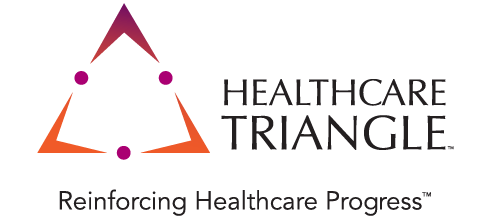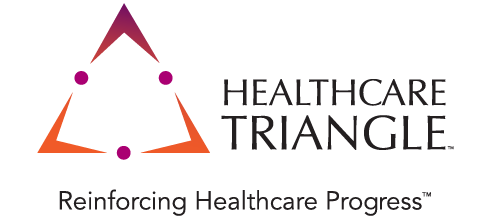Staying Ahead of the Digital Innovation Curve in Life Sciences: 3 Insights
By Sudish Mogli - Technology Advisor
Dec 3, 2021
Pharma and life sciences companies are placing big bets on digital innovation. Research by Gartner shows 85% to 90% of these companies expect digital transformation to advance performance, while 75% design digital technology platform teams with revenue-generating programs in mind.
But our experience working with Fortune 500 companies reveals that for many organizations, building a digital technology platform is harder than IT teams initially think.
When organizations overdesign or over-architect their platforms, for example, this slows down performance. That’s a major stumbling block, given that most life sciences organizations rely on digital transformation to accelerate time to market.
Further, while most life sciences organizations are deploying digital technology platforms in the cloud to stay ahead of the innovation curve, security in the cloud is still a key challenge. In fact, nearly 41% of healthcare life sciences leaders cite security as a primary concern related to cloud adoption, a Gartner survey shows.
How can life sciences organizations most effectively leverage digital transformation in the cloud to fuel sustainable innovation and business growth? Here are three approaches to consider.
No. 1: Invest in the right talent
If cloud deployment of digital platforms is not performed correctly—or if organizations take a part on-premises, part cloud approach—cloud deployments can quickly become more expensive and difficult to manage. This is in part because the skill set required to manage cloud and digital technology platforms is difficult to find, which in turn makes it challenging to determine which cloud tools to integrate with digital platforms. It’s one reason why pharma and life sciences companies increasingly take a managed services approach to cloud computing and support.
No. 2: Take an “Automation first; automation only” approach to digital transformation
We believe in making quick decisions, deploying those decisions in the digital platform, and learning from those decisions. Eliminating manual activity in favor of automation and self-service releases costs associated with innovation. It reduces application downtimes, increases efficiency and drives improved performance. It also sets the stage for continuous innovation.
No. 3: Double down on cloud security
One key to digital innovation is providing authorized users with access to advanced capabilities on a “self-serve” basis. To reach this state, organizations must embed security within all aspects of the digital technology platform, from the data that are being retrieved to the applications being deployed. Some of the approaches we’ve seen leading organizations take include:
- Deploying automated cloud security controls for all layers of digital technology platforms, from perimeter security to code security, infrastructure security, application security, and data security
- Establishing role-based least privileges
- Applying machine learning and artificial intelligence to security, which helps ensure continuous compliance
Also critical: a feedback loop that continuously monitors use of digital services by the team.
While some organizations initially express reservations about using machine learning to monitor and protect security and performance, those that do rely on machine learning are realizing benefits from this approach. These include the ability to identify patterns that fall outside baseline performance and address them before they become threats.
For more insight on staying ahead of the innovation curve in pharma and life sciences, watch our free webinar, “Convergence of Digital Technology Platforms for Business and Research.”
Sudish Mogli is Chief Technology Officer, Healthcare Triangle.
Drop an email to info@healthcaretriangle.com or schedule a consultation.


